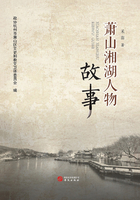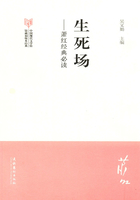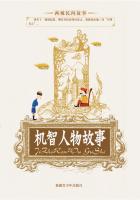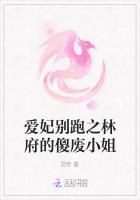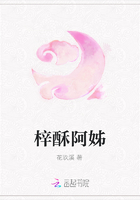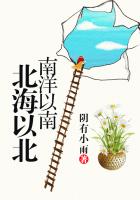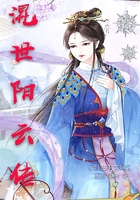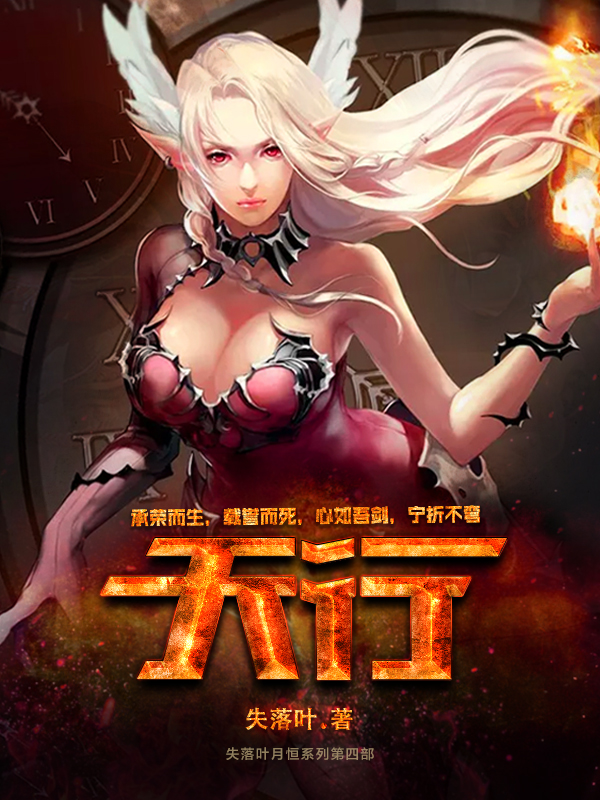After Pan Gu separated the Heavens and the Earth from primordial chaos, there ap-peared mountains and rivers, flowers, grass, and trees, birds, beasts, insects and fish, wind, rain, thunder and lightning. This vibrant envi-ronment seemed to possess everything except beings to inhabit it. How did humans come to inhabit the Earth? Every civilization has its own creation myth. This is China’s.
After Pan Gu’s death, a great god-dess emerged. She was Nü Wa. Possessed of vast magic powers Nü Wa had the body of a woman but the tail of a snake. Despite her immense powers, Nü Wa was a sad and lonely creature wandering the world in soli-tude with only her shadow for company She thought sadly of how much pleasure some companions could bring her.
One day while Nü Wa was resting be-side a river, she caught sight of the reflection of her face and body in the clear water. She was seized by a sudden inspiration, “Why not fashion a creature in my own image to popu-late this world and share its pleasures with me?” Greatly pleased with this idea, Nü Wa immediately set to work.
Her first dilemma was what material to use to fashion these creatures. Nü Wa thought long and hard about this problem. After some time a thought occurred to her, “Chinaware is fine material and it is made from clay. Surely clay could provide a decent material for the molding of Hu-manity.” Nü Wa dug up some yellow clay and mixed it carefully with water. Sitting on the riverbank, she began to mold crea-tures using her reflection in the water as her model. Soon the clever and deft fingers of the goddess had molded a handsome clay boy who looked unmistakably like his creator. However, Nü Wa decided to give the creature two legs instead of her own tail so as to match the clay boy’s two arms. She blew gently on the clay figure thus instantly infusing it with life and vi-tality. The young boy smiled, opened his mouth and called Nü Wa “mama”. The great goddess was filled with joy at the fruit of her labors and set to work again. After some time had passed, Nü Wa found herself surrounded by a crowd of smil-ing, crying creatures, which could walk upright and speak words. She named the clever little beings “humanity”. Some of which afterwards became male after being infused by Nü Wa with yang qi the male es-sence, the rest becoming female after being endowed with ying qi the female essence. The newly formed men and women around Nü Wa jumped and cheered, and thus infinite vitality and life was poured into the vast land.
Nü Wa was absolutely delighted with her handiwork and continued her work with enor-mous dedication. One batch after another of men and women were molded by her hands, but she had never dreamt how much time it would take to distribute these creatures over the whole vast land. Nü Wa had at this stage understandably grown extremely tired and somewhat disturbed; she was anxious about the slow pace of her work. At that moment as she stood up to stretch her limbs and relieve her increasing discontent and annoyance, she chanced to snap a hanging willow branch overhanging the riverbank (another story has her picking up a rope). Frustrated Nü Wa used the willow to lash the clay, spattering it in all directions. To her astonishment, the spattered clay molded itself into living human beings. Nü Wa was overjoyed at this labor-saving dis-covery and commenced to whipping the clay with a frenzy that only gods can muster. In a short period of time the lands of all the Earth had been populated with humanity, all as a re-sult of the loneliness and creativity of Nü Wa the great goddess.
Subsequently, the men patiently hand-molded by Nü Wa became a virtuous and wise class of men while the men created using the willow whip became the poor, uneducated masses. Thus it was that Nü Wa and her sub-jects came to live happily on the lands that would become China.
In order to ensure the survival of hu-mankind, Nü Wa established the system of marriage, matching man with woman in order to bear sons and daughters. It is by this grand design of the goddess Nü Wa that humanity has survived to this day.

